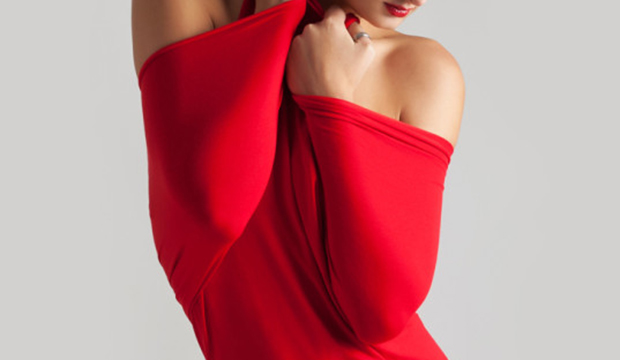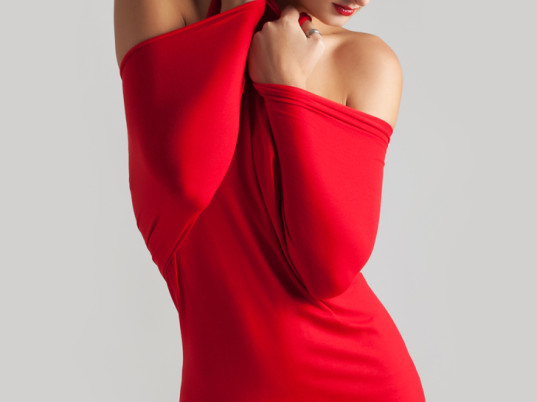

Are you a designer who’s used or are considering using spandex in your collections? Have you sworn off synthetic fabrics, but secretly feel stifled when unable to use Lycra? Then you must read on.
The owner of the Lycra label, Invista, has recently made improvements to the classic performance fabric we know and love. This new version of Lycra, Bio Lycra, is ideal for sustainable and eco-conscious designers, as the raw material and production process are both much better for the environment.
Rather than man-made material, this new fabric is made from sugars derived from corn.
This new textile is part of Invista’s sustainability program “Planet Agenda,” which recognizes the threats fabric production poses to the environment and is focused on reducing the company’s carbon footprint.
The corn feedstock that makes up the new Lycra’s raw material is a renewable resource, making it a much greener option than typical Lycra, which is petroleum-based. In addition to being natural and renewable, the production process for the new Lycra reduces CO2 emissions and cuts down on material waste.
So a greener fabric is great- but will it be different from normal Lycra?
According to the developers, not at all. The new textile performs just like it’s standard counterpart. When tested for performance, both fabrics were equally durable and had the same stretch and recovery properties.
So what can it be used for? Technically, anything standard Lycra is used for, although Invista has a few ideas.
There has been talk of combining the new fiber with Lycra’s T-400 fiber. This would create a more sustainable version of the company’s Lycra Dual Fx, a fiber with high stretch and recovery that many high-end denim brands use. This means more eco-friendly jeans!
The idea of combining the new Lycra fiber with recycled polyester for active wear garments had also been put out there.
Does this sound cool? What would you design with this fabric?
